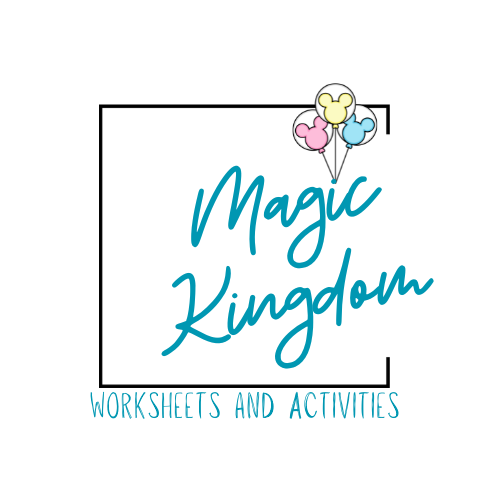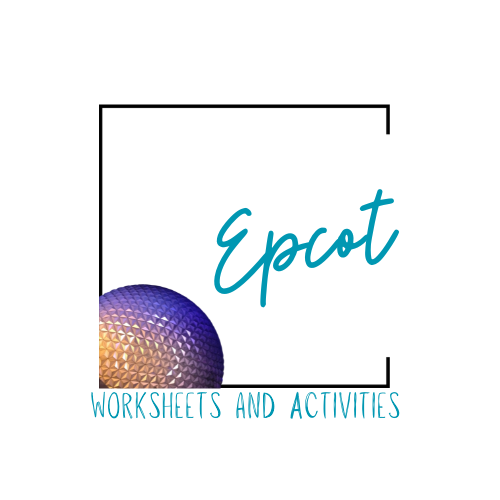Tomorrowland
Tomorrowland is one of the most imaginative and forward-looking sections of the Magic Kingdom, designed to celebrate the excitement of the future, space exploration, and technological innovation. When the park opened in 1971, Tomorrowland envisioned what the world might look like in the year 1986, showcasing sleek architecture, transportation marvels, and the spirit of progress. Over the years, it has evolved to reflect changing visions of the future, blending retro-futuristic style with playful adventures. A fun fact is that Tomorrowland Transit Authority PeopleMover uses a nearly silent linear induction motor system, once envisioned as a potential mass-transit solution for real cities. Another hidden detail is that the rotating Astro Orbiter at the land's entrance symbolizes the celestial movement of planets, perfectly setting the tone for space-age discovery and imagination.
The Ultimate Magic Kingdom Workbook brings Tomorrowland’s futuristic spirit into hands-on learning activities that explore themes like lunar cycles and symmetry.
Lower and Upper Elementary
Geometry and Symmetry: Elementary students can discover a variety of geometric concepts by examining the design of the TRON ride at Magic Kingdom. The sleek, futuristic aesthetic of the ride features numerous geometric shapes, such as circles, rectangles, and triangles, which can spark discussions about angles and symmetry. Students can explore how these shapes work together to create dynamic structures, such as the iconic ride vehicles and the larger framework of the attraction. Additionally, the use of light and projection on geometric surfaces introduces concepts of reflection and patterns, encouraging students to think critically about how geometry applies to both form and function in design. Activities could include measuring shapes, creating their own geometric designs inspired by TRON, or even mapping out the ride layout using geometric terms, reinforcing their understanding of spatial relationships and area.
Middle School
Virtual Reality: Middle school students can explore the fascinating world of virtual reality (VR) through the innovative experience of the TRON ride at Magic Kingdom. This ride utilizes cutting-edge technology to create an immersive environment that blends physical elements with digital imagery, illustrating the core principles of VR. Students can learn about how VR relies on visual and auditory cues to trick the brain into perceiving a simulated environment, enhancing their understanding of sensory perception. Discussions can also encompass the mechanics behind the ride's design, such as the integration of computer-generated graphics and real-time interactions, fostering their comprehension of data processing and gaming technology. Additionally, by analyzing user experience and design choices, students can grasp the importance of usability and accessibility in technology. Engaging in hands-on projects that replicate aspects of the TRON experience, like simple VR simulations or virtual design challenges, can further deepen their appreciation for the intersection of art, technology, and storytelling in the realm of virtual reality. Check out the printable VR worksheet in the Ultimate Magic Kingdom Workbook!








